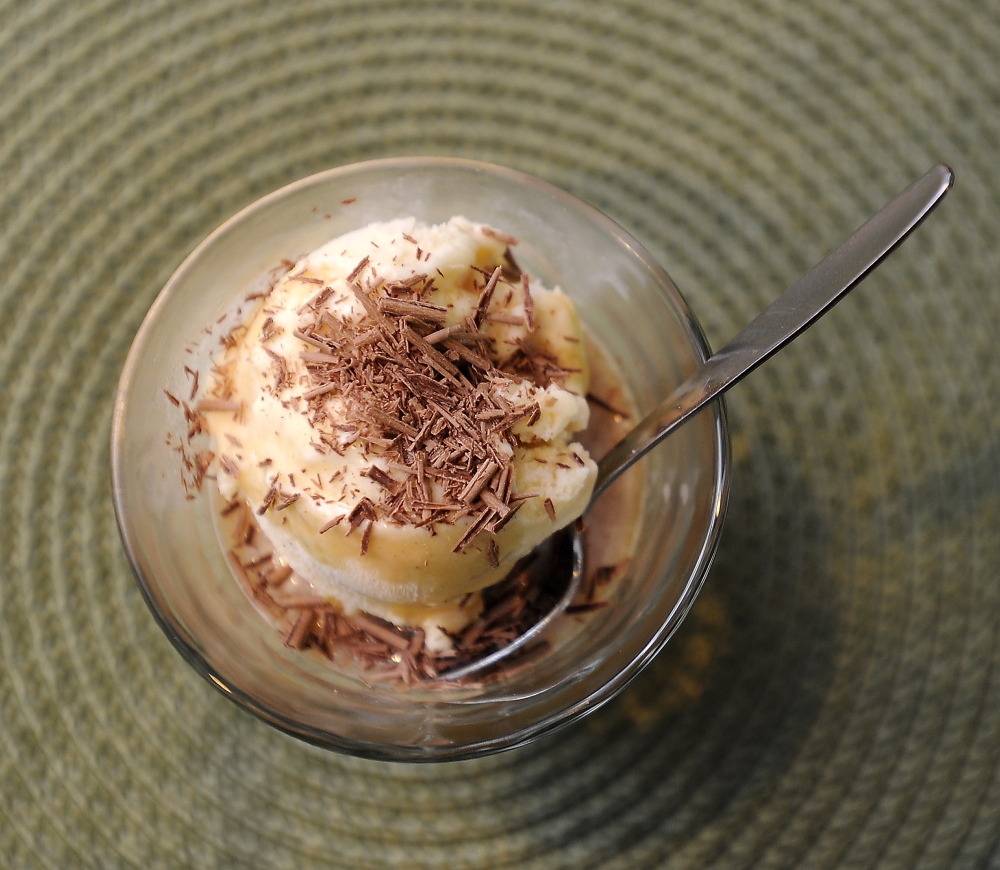When my siblings and I were growing up, our mother used to treat us to a single, two-liter bottle of soda per week. When that was kicked, our options generally narrowed to milk or water. But when it got hot, there was also sun tea made in a recycled two-gallon pickle jar on the stoop.
The Centers for Disease Control and Prevention in 1996 issued a tepid memo saying steeping tea in the sun – which raises its temperature to only 140 degrees when 195 degrees is needed to kill coliform bacteria – could theoretically pose a food safety threat. There was little evidence of sun tea-related food poisoning, but local health departments wanted firm guidelines for preparing iced tea in restaurants.
I didn’t get the memo and I still make sun tea, store it in the fridge, and serve it to any and all takers. We do so because it’s refreshing, cheap and requires very little human or fossil fuel energy.
I also recently jumped on the cold-brew coffee bandwagon. I’m slightly off trend, as this sipper was likely used by Dutch traders in the 15th century, and has been sold in Portland coffeehouses for six years. The process involves saturating coffee with cold water and letting it sit in a container with scant headroom (oxygen makes any coffee bitter) for 12 to 24 hours.
Once the grounds are filtered off, you get a smooth, highly caffeinated coffee concentrate. For iced coffee, the concentrate is cut with an equal amount of ice-cold water, explains Brittany Feltovic, manager of Bard Coffee in Portland. Because the grounds aren’t subjected to intense heat of boiling water, fewer bitter acids and oils get extracted from the grinds, she explains, and tasters perceive cold brew to be sweeter in their mouths and milder on their stomachs. The concentrate can also be used in cocktails or any dessert recipe calling for espresso (see recipe), she added. Customers can expect to pay more for cold brew because it requires both more time and more coffee per cup.
The ratio is typically 1 ounce of coffee (the pros say beans ground for the French press work best) per 12 ounces of water. The right type of beans and desired brew time, says Ginny Anderson of Coffee by Design, are strictly a matter of how you like your coffee. “But if you like the subtleties of a certain coffee hot, then those things will become richer in cold brew,” she said.
Bard Coffee and Coffee by Design make their brews using the Toddy Cold Brew System, which retails for about $40 and comprises a plastic brewing container, a glass decanter and a reusable filter. But making cold brew at home can involve as little as a French press or a glass jar and a double-lined coffee filter, Feltovic said. Whether you’re making your own, or treating yourself to cold brew out on a hot day, take an extra moment to savor the sustainable side of your choice.
COLD-BREW AFFOGATO
For this recipe, I’ve swapped out the hot shot of espresso that traditionally gets poured over an elegantly simple scoop of vanilla gelato with 2 ounces of cold-brew coffee. The gelato still gets “drowned” in coffee (which is the literal meaning of “affogato”), but it doesn’t melt as quickly on hot summer nights.
Serves 4
1 quart vanilla gelato
1 cup cold-brew concentrate
Shaved chocolate or crushed chocolate-covered espresso beans
Scoop the gelato into 4 pretty bowls. Pour ¼ cup of cold brew over each scoop. Garnish with the chocolate or espresso beans. Serve immediately. Skip the hot coffee.
Christine Burns Rudalevige is a food writer, recipe developer and tester and cooking teacher in Brunswick. She writes about feeding her family Maine seafood at www.familyfish.net. Contact her at cburns1227@gmail.com.
Send questions/comments to the editors.


